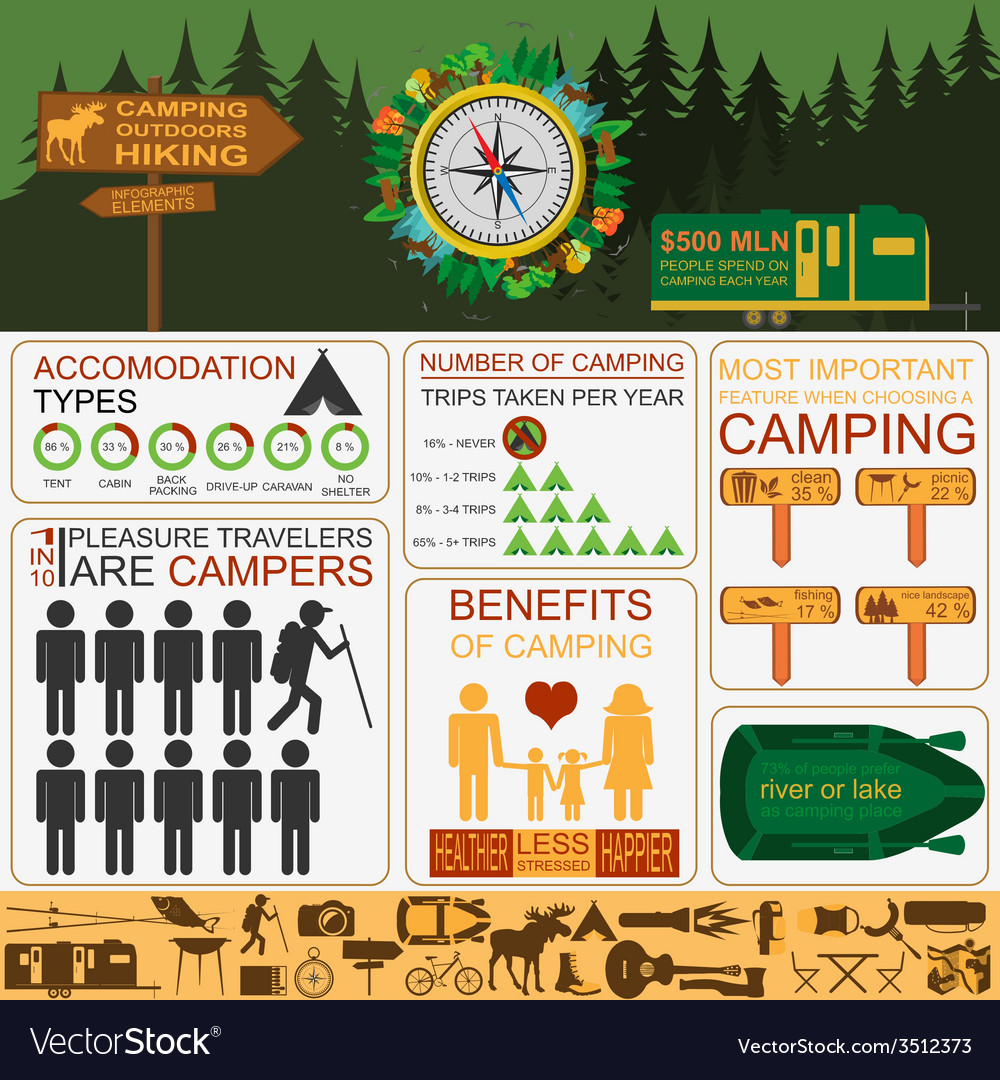Bringing Your Profit Venture To The Next Level By Selling Camping Tents
Bringing Your Profit Venture To The Next Level By Selling Camping Tents
Blog Article
How Essential Are Outdoor Tents Footprints/Ground Cover?
Tent impacts are a terrific way to secure your tent floor from abrasions and extend its practical life. Mostly all equipment suppliers offer their very own brand-specific impacts that are created to match their specific camping tent designs.
What are the types of camping?
This tailored strategy provides convenience of configuration and decreases the threat of rain seeping in through the seams.
What are they?
Tent footprints (also referred to as outdoor tents ground sheets or under outdoor tents pads) offer a layer of defense between the base of your outdoor tents and the outdoor setting. They secure your tent from sharp things, moisture, and unpleasant surfaces.
A lot of outdoor tents manufacturers use their very own branded impacts designed to fit perfectly with their marked shelter models. However, these are normally pricey and relatively hefty compared to do it yourself alternatives like Polycryo or Tyvek.
Footprints are usually made from durable, water resistant materials such as polyurethane, nylon or silnylon. For ultralight backpackers seeking to decrease pack weight, there are also lightweight, high-strength options made from Cuben Fiber (Dyneema). It's important to select an impact that's slightly smaller than your outdoor tents to stop rainwater from leaking down the sides of your shelter and channeling below you while you rest-- no one intends to awaken in a puddle! A footprint is a rewarding addition to any camping journey. It aids make certain a lengthy lifespan for your tent while adding convenience and peace of mind.
How essential are they?
Outdoor tents impacts protect the base of your tent from abrasion and wetness, assisting to expand its life-span. They're generally made of waterproof and dirt-resistant materials like polyethylene or a light-weight oxford polyester, though the denier of the textile will vary (the higher the denier number, the thicker and burlier).
Most footprints are made to exactly match the shape of your camping tent's flooring, which aids reduce material waste. Lots of have grommets or loopholes where you can weave guylines for tension and stakes, guaranteeing that the footprint is safely held down.
If you camp in rough terrain or areas where there's a lot of downed branches and sharp rocks, a camping tent footprint is well worth the added weight and mass. Yet if you regularly camp in completely dry, sandy or rough problems, an impact might be excessive. A tarpaulin is a much better choice in that case.
Do you usually pack one?
If you're camping on a very flat surface area where rocks and sticks aren't a concern, an outdoor tents impact possibly isn't required. If you remain in the backcountry with a lot of harsh surface, an impact can make life much easier.
Impacts are generally sized a little smaller than the base of the outdoor tents. That's due to the fact that a larger impact would catch rainfall and channel it under the outdoor tents, where you might get up in a puddle.
However, footprints can be pricey and hefty if you get one from the producer of your tent (the Big Agnes Tiger Wall UL 2 footprint, for example, costs $70 and weighs 6 ounces). You can conserve money and weight by making your own do it yourself impact by cutting a piece of Tyvek or various other water-proof material to the exact dimensions of your sanctuary. You can also add grommets for easy add-on. The major advantage of a footprint is that it aids to secure the flooring of your backpacking camping tent from abrasive components such as rocks and twigs.
How do tent sales you maintain them clean up?
A producer's impact can include considerable weight to your sanctuary system and if you're an ultralight backpacker attempting to save every ounce, it could not deserve it. Because of this, many backpackers will certainly utilize a DIY groundsheet that's constructed of something like Tyvek or Polycryo and cut it to size for their outdoor tents footprint.
This option is fairly low-cost and will secure your tent from dampness, rocks, thorns, sticks, etc, while additionally assisting to keep all-time low of your tent completely dry.
If you do choose to acquire a footprint, make certain it's created specifically for your certain tent as this will certainly help reduce water merging around the edges of your sanctuary. For instance, if your outdoor tents footprint is also big and expands past the edge of your rainfly, it will certainly gather rains which can leak right into lighter-weight tents and possibly wear down the floor. See to it it fits your camping tent rather comfortably to prevent this.
When was the first tent invented?
